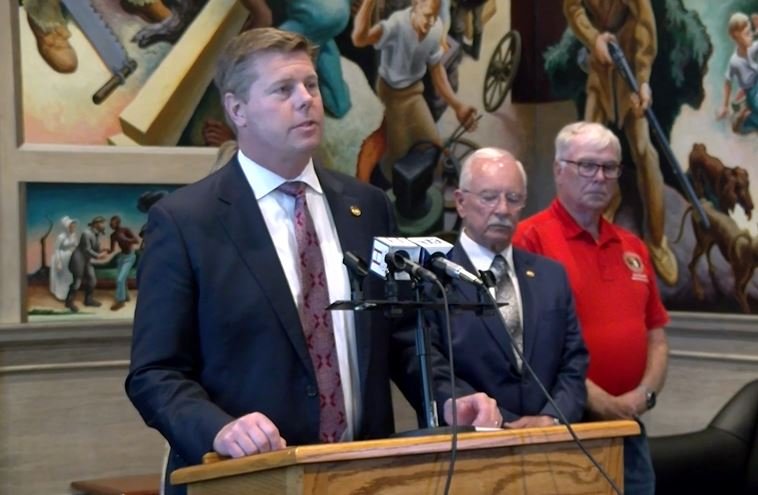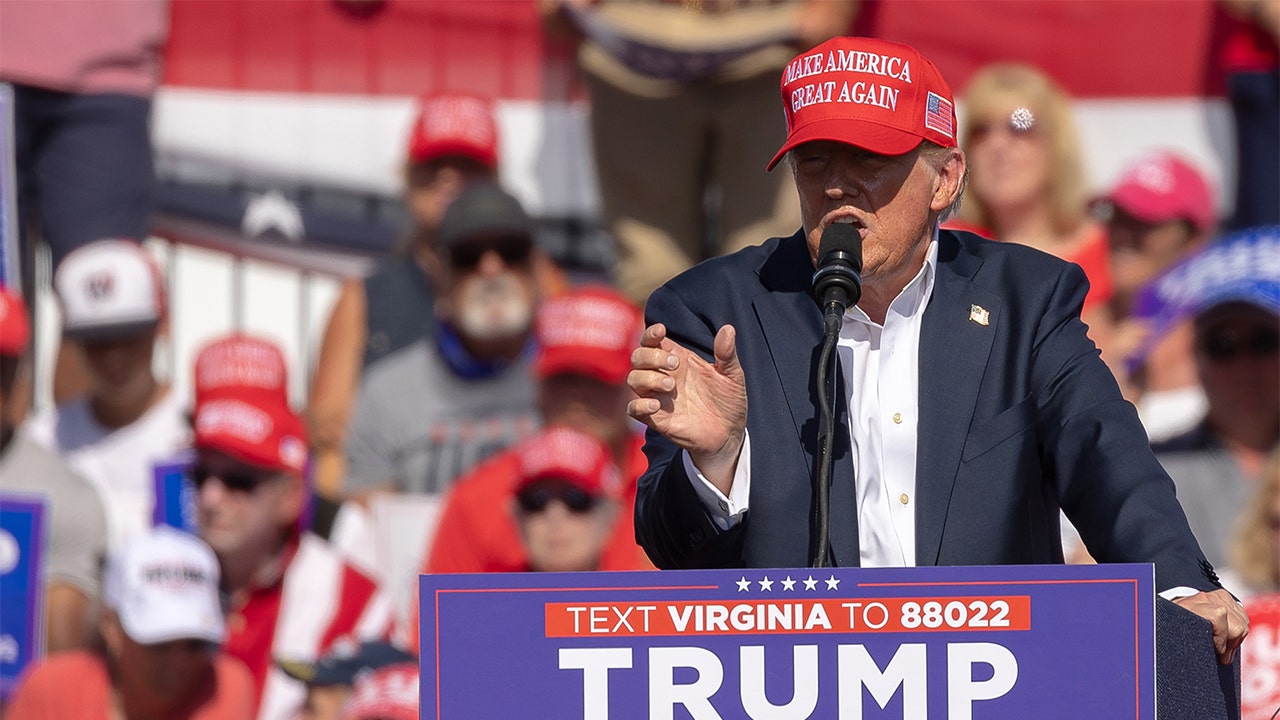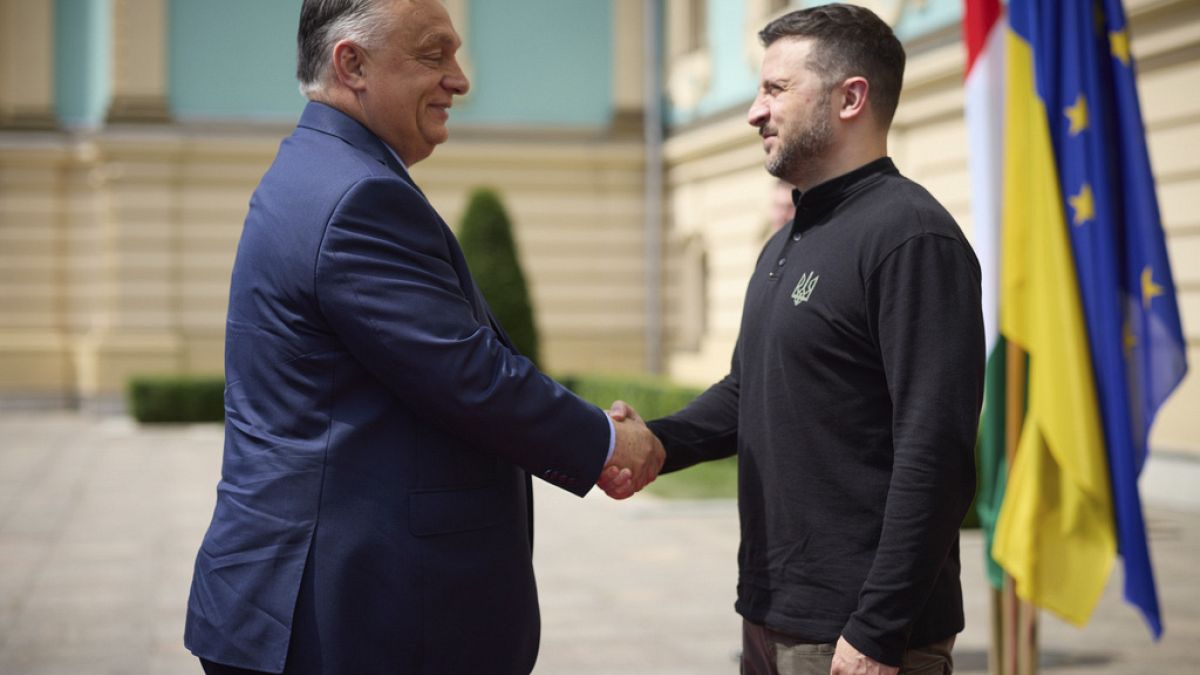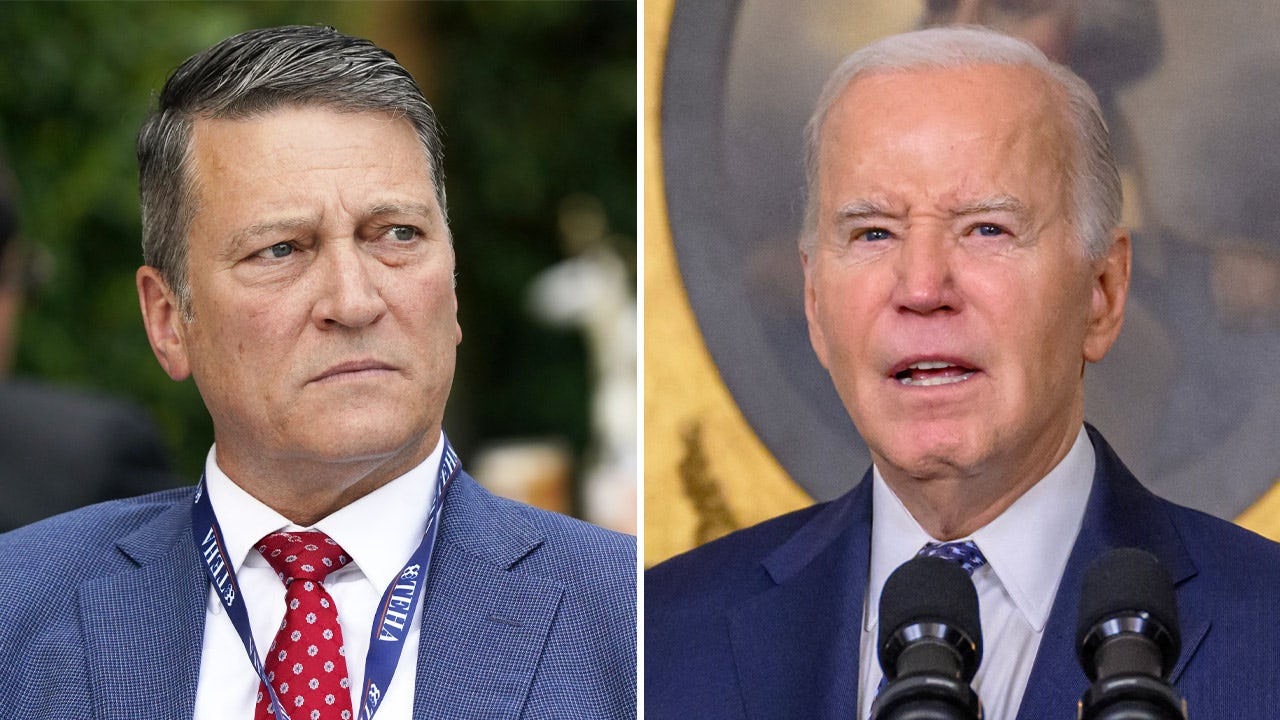New York
Synagogues in 12 States Targeted in Hoax Calls to Police

The hoax calls to police departments or suicide hotlines around the country say that a man is considering killing himself and others or that a bomb has been placed in a building.
The address given on the phone belongs to a synagogue that is livestreaming its services. In some cases, the callers watch in real time as police interrupt frightened worshipers. Later, clips of the incidents are posted online.
The incidents are part of a string of 26 “swatting” calls aimed at synagogues in 12 states across the country that the Anti-Defamation League, a Jewish advocacy organization, has tracked for the last month, including at least five in New York City and state. “Swatting” refers to the police SWAT teams that are sometimes summoned in such cases.
In New York, police officers have showed up at synagogues with bomb-sniffing dogs. In North Carolina, worshipers were evacuated. In California, callers said there was a backpack bomb hidden under a bench.
The hoax calls come as the number of antisemitic incidents in the United States last year reached the highest level since 1979, when the Anti-Defamation League began keeping track.
Earlier this month, a federal jury in Pittsburgh voted that a man who killed 11 worshipers in a shooting at a synagogue there in 2018 should receive the death penalty. It is considered to be the deadliest antisemitic attack in the nation’s history,
“These incidents are taking place in an atmosphere of heightened concerns over antisemitic incidents targeting Jewish institutions,” said Oren Segal, the director of the Anti-Defamation League’s Center on Extremism.
“What this specific campaign does,” Mr. Segal added, “is meld the technologies that we know amplify antisemitism and enables people to weaponize them through swatting tactics that not only troll the Jewish community, but try to create fear and anxiety without having to leave the comfort of their homes.”
The New York Police Department said that 911 calls had been placed summoning the authorities to three Manhattan synagogues in the last two weeks. The police came each time. Representatives of the synagogues either declined to comment or did not respond to requests for comment.
The police also responded to a swatting call targeting the Anti-Defamation League’s Manhattan office earlier this month, officials there said.
“The N.Y.P.D. is working very closely alongside the A.D.L. and the F.B.I. to fully investigate these incidents as well as carrying out robust outreach with the civic and faith organizations in New York City for ongoing awareness,” a police spokeswoman said in a statement.
Videos posted on the social media platform X, formerly known as Twitter, show police officers at synagogues in Chapel Hill, N.C., and Fremont, Calif., entering the frame and ordering worshipers to evacuate.
The swatting incidents have made it difficult for congregants to worship in peace. At 10:40 a.m. on Saturday, the Fullerton Police Department in Orange County, Calif., received a call from the Los Angeles Police Department, which had been told that a backpack bomb inside a temple would explode in 15 minutes, said Capt. Jon Radus, the operations division commander in Fullerton.
Officers arrived on the scene and evacuated the temple. The Orange County bomb squad conducted a search using bomb-sniffing dogs and no explosives were found.
A recording of the live feed shows a cantor singing when she is interrupted by a rabbi, who places a hand on her arm.
“I am afraid that we need to stop and leave the building right now,” the rabbi says as the cantor removes her headset and worshipers file out of the building.
Captain Radus said local agencies were working with the F.B.I. to determine the source of the call and whether it was connected to the others. Police presence around the synagogue has been increased.
Mr. Segal said the swatting calls posed a different type of threat than more typical antisemitic acts, such as graffiti or slurs.
“It’s the thousands of people that are anonymous, that are watching, that are getting excited by what they’re seeing and that may be animated to take it to the next level,” Mr. Segal said. “This is so dangerous because we don’t know who else is watching and what they might do based on what they’re seeing.”

New York
We Counted 22,252 Cars to See How Much Congestion Pricing Might Have Made This Morning

Today would have been the first Monday of New York City’s congestion pricing plan. Before it was halted by Gov. Kathy Hochul, the plan was designed to rein in some of the nation’s worst traffic while raising a billion dollars for the subway every year, one toll at a time.
A year’s worth of tolls is hard to picture. But what about a day’s worth? What about an hour’s?
To understand how the plan could have worked, we went to the edges of the tolling zone during the first rush hour that the fees would have kicked in.
Here’s what we saw:
Video by Noah Throop/The New York Times; animation by Ruru Kuo/The New York Times
You probably wouldn’t have seen every one of those cars if the program had been allowed to proceed. That’s because officials said the fees would have discouraged some drivers from crossing into the tolled zone, leading to an estimated 17 percent reduction in traffic. (It’s also Monday on a holiday week.)
The above video was just at one crossing point, on Lexington Avenue. We sent 27 people to count vehicles manually at four bridges, four tunnels and nine streets where cars entered the business district. In total, we counted 22,252 cars, trucks, motorcycles and buses between 8 a.m. and 9 a.m. on Monday.
We wanted to see how the dense flow of traffic into the central business district would have generated money in real time.
Though we can’t know that dollar amount precisely, we can hazard a guess. Congestion pricing was commonly referred to as a $15-per-car toll, but it wasn’t so simple. There were going to be smaller fees for taxi trips, credits for the tunnels, heftier charges for trucks and buses, and a number of exemptions.
To try to account for all that fee variance, we used estimates from the firm Replica, which models traffic data, on who enters the business district, as well as records from the Metropolitan Transportation Authority and city agencies. We also made a few assumptions where data wasn’t available. We then came up with a ballpark figure for how much the city might have generated in an hour at those toll points.
The total? About $200,000 in tolls for that hour.
Note: The Trinity Place exit from the Brooklyn-Battery Tunnel, which would have been tolled, is closed at this hour.
It’s far from a perfect guess. Our vehicle total is definitely an undercount: We counted only the major entrances — bridges, tunnels and 60th Street — which means we missed all the cars that entered the zone by exiting the Franklin D. Roosevelt Drive or the West Side Highway.
And our translation into a dollar number is rough. Among many other choices we had to make, we assumed all drivers had E-ZPass — saving them a big surcharge — and we couldn’t distinguish between transit buses and charter buses, so we gave all buses an exemption.
But it does give you a rough sense of scale: It’s a lot of cars, and a lot of money. Over the course of a typical day, hundreds of thousands of vehicles stream into the Manhattan central business district through various crossings.
Trips into tolling district, per Replica estimates Note: Data counts estimated entrances on a weekday in spring 2023. Source: Replica.
Queens-Midtown Tunnel
50,600
Lincoln Tunnel
49,200
Williamsburg Bridge
27,900
Manhattan Bridge
24,000
Brooklyn-Battery Tunnel
23,100
Queensboro Bridge
21,700
Brooklyn Bridge
17,100
Holland Tunnel
15,400
All other entrances
118,000
Total
347,000
The tolling infrastructure that was installed for the program cost roughly half a billion dollars.
The M.T.A. had planned to use the congestion pricing revenue estimates to secure $15 billion in financing for subway upgrades. Many of those improvement plans have now been suspended.
Methodology We stationed as many as five counters at some bridges and tunnels to ensure that we counted only cars that directly entered the tolling zone, not those that would have continued onto non-tolled routes.
Our count also excluded certain exempt vehicles like emergency vehicles.
We used estimates of the traffic into the district to make a best guess at how many of each kind of vehicle entered the zone. Most of our estimates came from the traffic data firm Replica, which uses a variety of data sources, including phone location, credit card and census data, to model transportation patterns. Replica estimated that around 58 percent of trips into the central business district on a weekday in spring 2023 were made by private vehicles, 35 percent by taxis or other for-hire vehicles (Uber and Lyft) and the remainder by commercial vehicles.
We also used data on trucks, buses, for-hire vehicles and motorcycles from the M.T.A., the Taxi and Limousine Commission and the Department of Transportation.
For simplicity, we assumed all vehicles would be equally likely to enter the zone from 8 a.m. to 9 a.m. as they would be in any other hour. We could not account for the other trips that a for-hire vehicle might make once within the tolled zone, only the initial crossing. And we did not include the discount to drivers who make under $50,000, because it would kick in only after 10 trips in a calendar month.
New York
Transcript of Trump Manhattan Trial, May 30, 2024

-
Jury Deliberation Re-charge
SUPREME COURT OF THE STATE OF NEW YORK
COUNTY OF NEW YORK CRIMINAL TERM
-
-
PART: 59
Χ
THE PEOPLE OF THE STATE OF NEW YORK,
-against-
DONALD J. TRUMP,
DEFENDANT.
BEFORE:
Indict. No.
71543-2023
CHARGE
4909
FALSIFYING BUSINESS
RECORDS 1ST DEGREE
JURY TRIAL
100 Centre Street
New York, New York 10013
May 30, 2024
HONORABLE JUAN M. MERCHAN
JUSTICE OF THE SUPREME COURT
APPEARANCES:
FOR THE PEOPLE:
ALVIN BRAGG, JR., ESQ.
DISTRICT ATTORNEY, NEW YORK COUNTY
One Hogan Place
New York, New York 10013
BY:
JOSHUA STEINGLASS, ESQ.
MATTHEW COLANGELO,
ESQ.
SUSAN HOFFINGER, ESQ.
CHRISTOPHER CONROY, ESQ.
BECKY MANGOLD, ESQ.
KATHERINE ELLIS, ESQ.
Assistant District Attorneys
BLANCHE LAW
BY:
TODD BLANCHE, ESQ.
EMIL BOVE, ESQ.
KENDRA WHARTON, ESQ.
NECHELES LAW, LLP
BY: SUSAN NECHELES, ESQ.
GEDALIA STERN, ESQ.
Attorneys for the Defendant
SUSAN PEARCE-BATES, RPR, CSR, RSA
Principal Court Reporter
LAURIE EISENBERG, RPR, CSR
LISA KRAMSKY
THERESA MAGNICCARI
Senior Court Reporters
Susan Pearce-Bates, RPR, CCR, RSA
Principal Court Reporter
New York
Transcript of Trump Manhattan Trial, May 29, 2024

SUPREME COURT OF THE STATE OF NEW YORK
COUNTY OF NEW YORK CRIMINAL TERM
-
THE PEOPLE OF THE STATE OF NEW YORK,
PART: 59
Indict. No.
71543-2023
CHARGE
-against-
DONALD J. TRUMP,
DEFENDANT.
BEFORE:
4815
FALSIFYING BUSINESS
RECORDS 1ST DEGREE
JURY TRIAL
X
100 Centre Street
New York, New York 10013
May 29, 2024
HONORABLE JUAN M. MERCHAN
JUSTICE OF THE SUPREME COURT
APPEARANCES:
FOR THE
PEOPLE:
ALVIN BRAGG, JR.,
ESQ.
DISTRICT ATTORNEY, NEW YORK COUNTY
One Hogan Place
New York, New York 10013
BY:
JOSHUA STEINGLASS, ESQ.
MATTHEW COLANGELO,
ESQ.
SUSAN HOFFINGER, ESQ.
CHRISTOPHER CONROY, ESQ.
BECKY MANGOLD, ESQ.
KATHERINE ELLIS, ESQ.
Assistant District Attorneys
BLANCHE LAW
BY:
TODD BLANCHE, ESQ.
EMIL BOVE, ESQ.
KENDRA WHARTON, ESQ.
NECHELES LAW, LLP
BY: SUSAN NECHELES, ESQ.
Attorneys for the Defendant
SUSAN PEARCE-BATES, RPR, CSR, RSA
Principal Court Reporter
LAURIE EISENBERG, RPR, CSR
LISA KRAMSKY
THERESA MAGNICCARI
Senior Court Reporters
Susan Pearce-Bates,
RPR, CCR, RSA
Principal Court Reporter
-

 News1 week ago
News1 week agoA Florida family is suing NASA after a piece of space debris crashed through their home
-

 Politics1 week ago
Politics1 week agoBiden official says past social media posts don’t reflect ‘current views,’ vows to support admin ‘agenda’
-

 World1 week ago
World1 week agoNew Caledonia independence activists sent to France for detention
-

 World1 week ago
World1 week agoIsrael accepts bilateral meeting with EU, but with conditions
-

 World1 week ago
World1 week agoNetanyahu says war will continue even if ceasefire deal agreed with Hamas
-
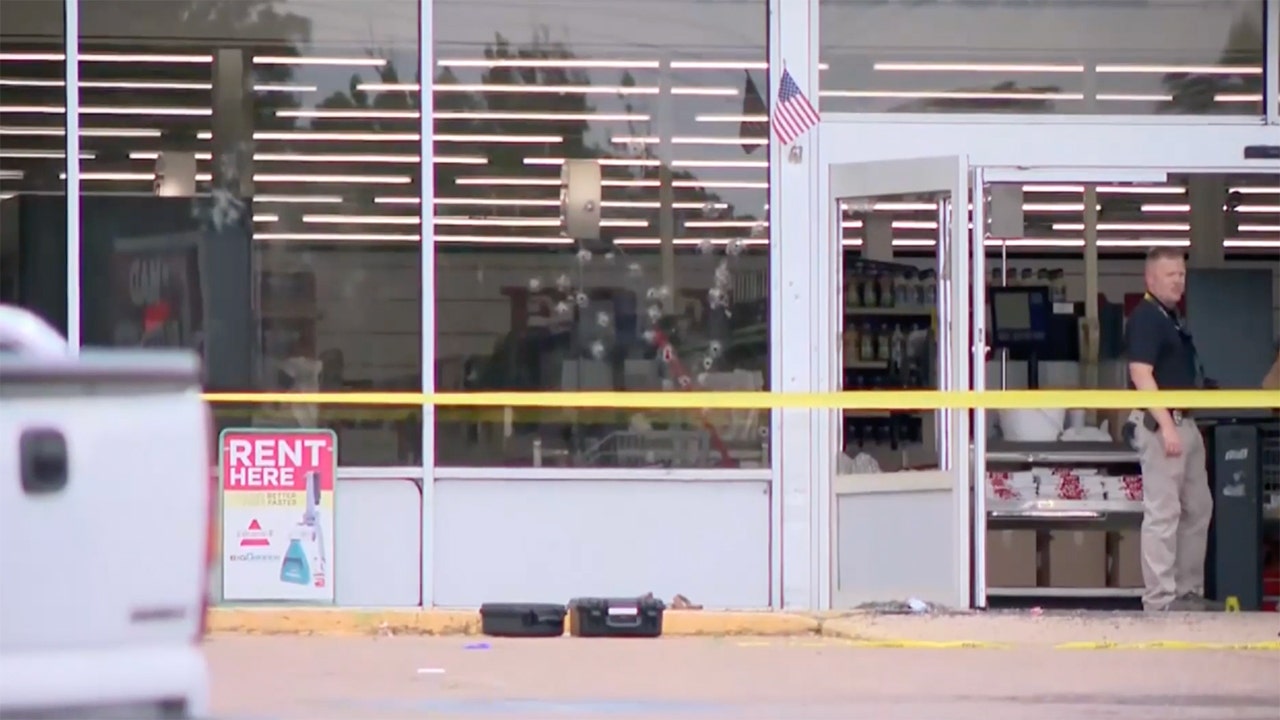
 News1 week ago
News1 week agoArkansas police confirm 4th victim died in grocery store shooting
-
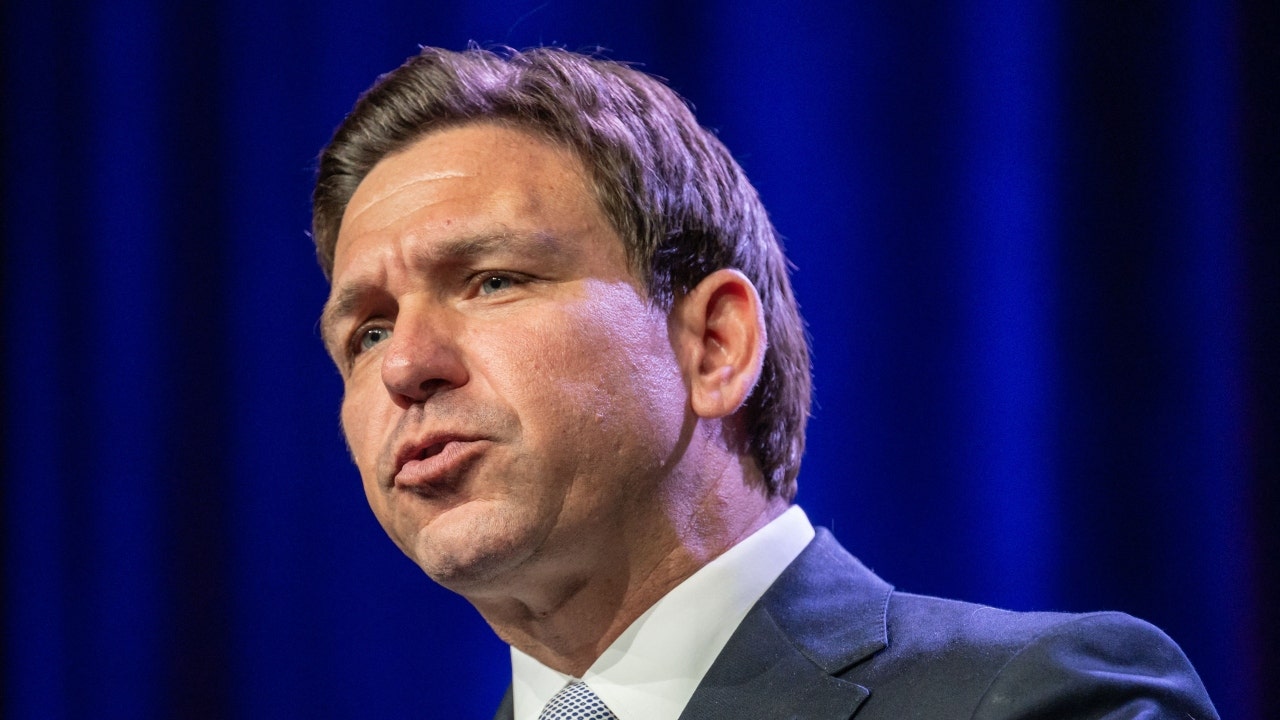
 Politics1 week ago
Politics1 week agoDeSantis signs bill allowing residents to kill bears, vetoes bill that fines slow left lane drivers
-

 News1 week ago
News1 week agoWoman accused of trying to drown Muslim child in Texas in possible hate crime




